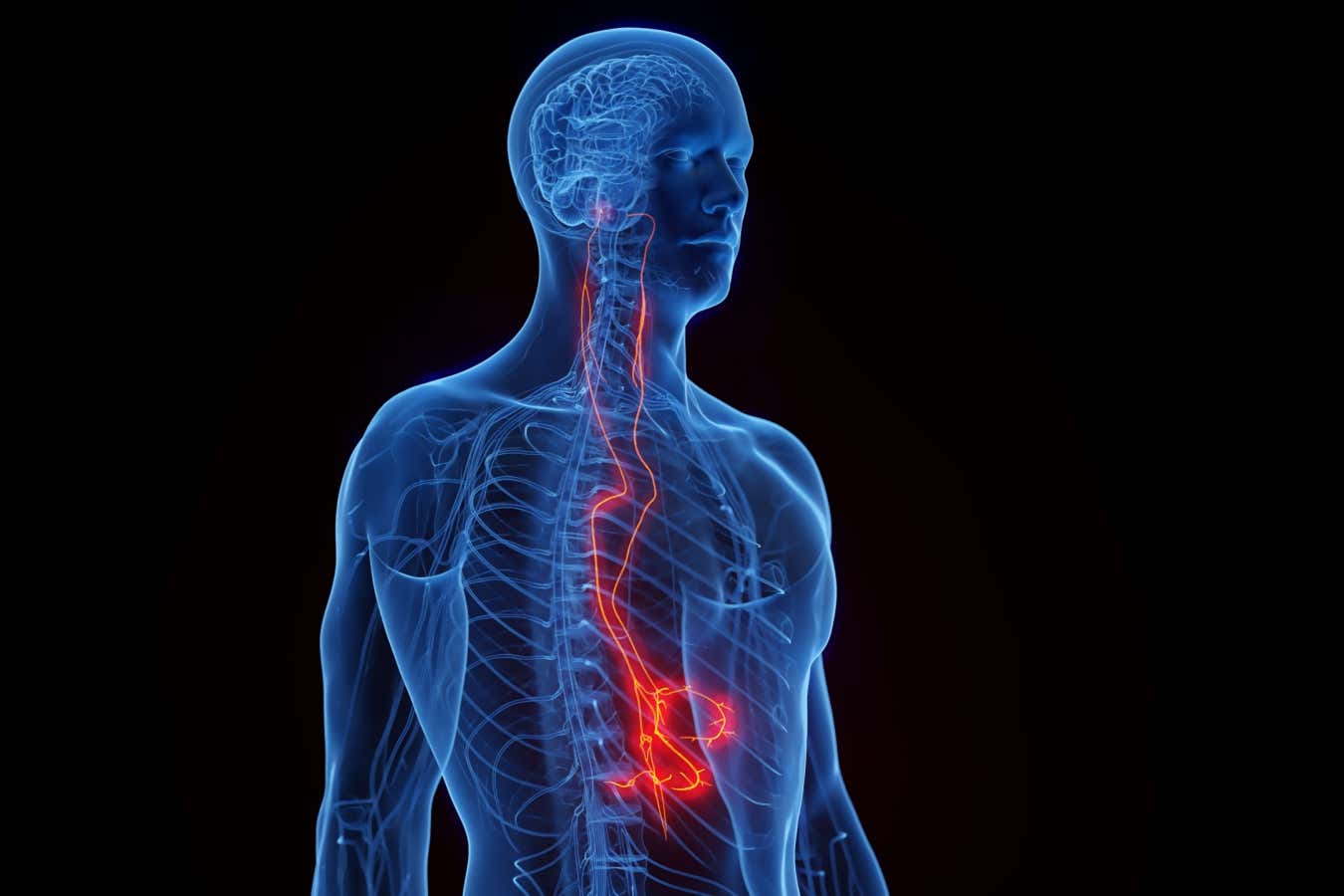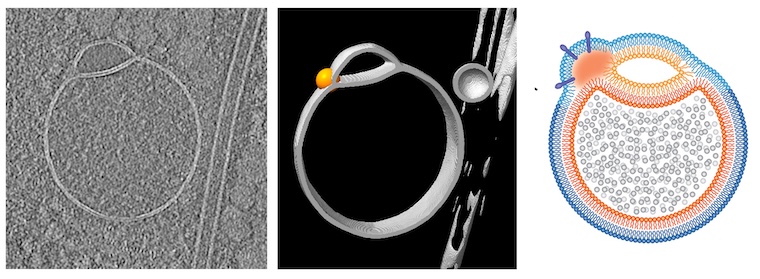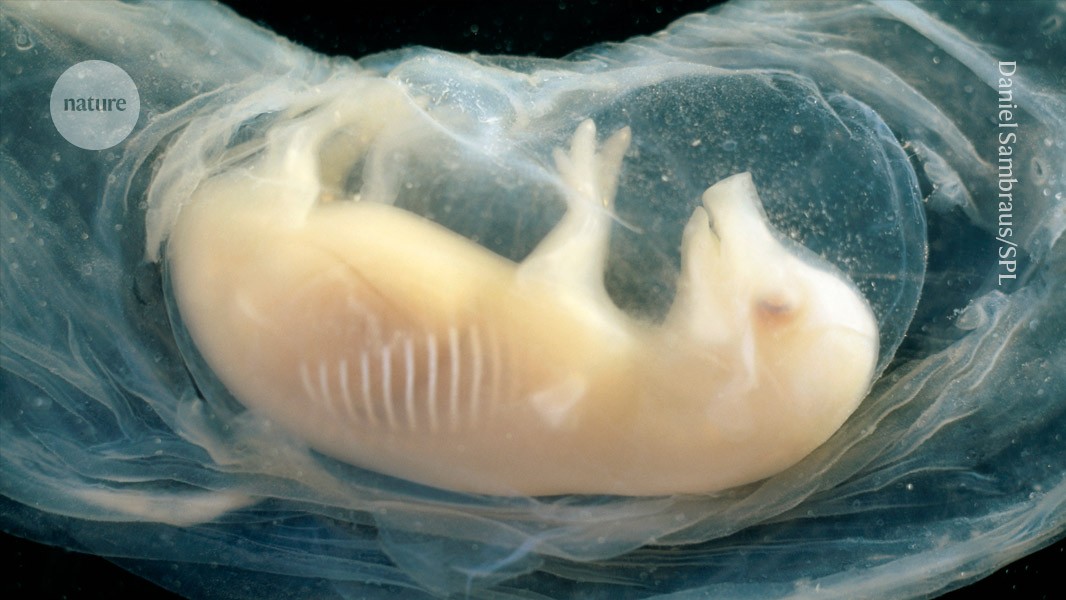They buzz, they bite, and they cause some of the deadliest diseases known to humanity. Mosquitoes are perhaps the planet’s most universally reviled animals.
If we could zap them off the face of the Earth, should we?
Subscribe to The Post Most newsletter for the most important and interesting stories from The Washington Post.
The question is no longer hypothetical. In recent years, scientists have devised powerful genetic tools that may be able to eradicate mosquitoes and other pests once and for all.
Now, some doctors and scientists say it is time to take the extraordinary step of unleashing gene editing to suppress mosquitoes and avoid human suffering from malaria, dengue, West Nile virus and other serious diseases.
“There are so many lives at stake with malaria that we want to make sure that this technology could be used in the near future,” said Alekos Simoni, a molecular biologist with Target Malaria, a project aiming to target vector mosquitoes in sub-Saharan Africa.
Yet the development of this technology also raises a profound ethical question: When, if ever, is it okay to intentionally drive a species out of existence?
Even the famed naturalist E.O. Wilson once said: “I would gladly throw the switch and be the executioner myself” for malaria-carrying mosquitoes.
But some researchers and ethicists warn it may be too dangerous to tinker with the underpinnings of life itself. Even irritating, itty-bitty mosquitoes, they say, may have enough inherent value to keep around.
How to exterminate mosquitoes
Target Malaria is one of the most ambitious mosquito suppression efforts in the works. Simoni and his colleagues are seeking to diminish populations of mosquitoes in the Anopheles gambiae complex that are responsible for spreading the deadly disease.
In their labs, the scientists have introduced a gene mutation that causes female mosquito offspring to hatch without functional ovaries, rendering them infertile. Male mosquito offspring can carry the gene but remain physically unaffected.
The concept is that when female mosquitoes inherit the gene from both their mother and father, they will go on to die without producing offspring. Meanwhile, when males and females carrying just one copy of the gene mate with wild mosquitoes, they will spread the gene further until no fertile females are left – and the population crashes.
[…]
At the heart of Target Malaria’s work is a powerful genetic tool called a gene drive.
Under the normal rules of inheritance, a parent has a 50-50 chance of passing a particular gene on to an offspring. But by adding special genetic machinery – dubbed a gene drive – to segments of DNA, scientists can rig the coin flip and ensure a gene is included in an animal’s eggs and sperm, nearly guaranteeing it will be passed along.
Over successive generations, gene drives can cause a trait to spread across an entire species’s population, even if that gene doesn’t benefit the organism.
[…]
When so many wildlife conservationists are trying to save plants and animals from disappearing, the mosquito is one of the few creatures that people argue is actually worthy of extinction. Forget about tigers or bears; it’s the tiny mosquito that is the deadliest animal on Earth.
The human misery caused by malaria is undeniable. Nearly 600,000 people died of the disease in 2023, according to the World Health Organization, with the majority of cases in Africa.
On the continent, the death toll is akin to “crashing two Boeing 747s into Kilimanjaro” every day, said Paul Ndebele, a bioethicist at George Washington University.
[…]
A compelling candidate for total eradication, according to the bioethicists, is the New World screwworm. This parasitic fly, which lays eggs in wounds and eats the flesh of both humans and livestock, appears to play little role in ecosystems. Infections are difficult to treat and can lead to slow and painful deaths.
Yet it may be too risky, they say, to use gene drives on invasive rodents on remote Pacific islands where they decimate native birds, given the nonzero chance of a gene-edited rat or mouse jumping ship to the mainland and spreading across a continent.
“Even at a microbial level, it became plain in our conversations, we are not in favor of remaking the world to suit human desires,” said Gregory Kaebnick, a senior research scholar at the institute.
It’s unclear how important malaria-carrying mosquitoes are to broader ecosystems.
[…]
Instead, the authors said, geneticists should be able to use gene editing, vaccines and other tools to target not the mosquito itself, but the single-celled Plasmodium parasite that is responsible for malaria. That invisible microorganism – which a mosquito transfers from its saliva to a person’s blood when it bites – is the real culprit.
“You can get rid of malaria without actually getting rid of the mosquito,” Kaebnick said. He added that, at a time when the Trump administration talks cavalierly about animals going extinct, intentional extinction should be an option for only “particularly horrific species.”
But Ndebele, who is from Zimbabwe, noted that most of the people opposed to the elimination of the mosquitoes “are not based in Africa.”
[…]
We have driven many species to extinction, many of which really did not deserve to die. Mosquitos and ticks (and bed bugs) most definitely do deserve to die. This technology is available, the gene editing is not. Go forth and exterminate!











